Aluminum alloys play a crucial role across various domains, with a particular focus on enhancing their corrosion resistance. This article delves into the corrosion resistance of different series of aluminum alloys in various usage environments and unveils the latest technological breakthroughs to provide more reliable protection for aluminum alloys across different fields.
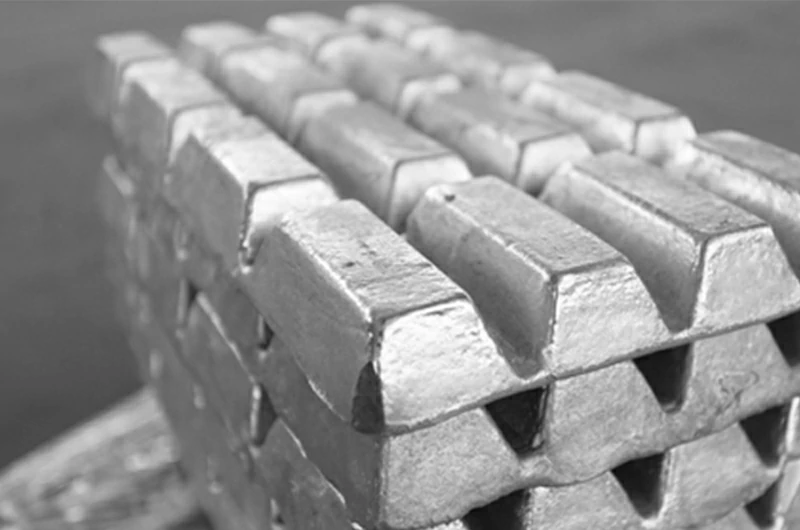
Revealing the corrosion resistance of aluminum alloy series: which alloy series prevails?
1000 series alloys: commercially pure aluminum
The 1000 series alloys are the purest alloys, containing approximately 99.93% pure aluminum, and they have a very low measured corrosion rate. The 1000 series exhibits excellent corrosion resistance, but due to their low hardness, they are not widely used in everyday applications.
2000 series alloys: aluminum-copper
The 2000 series aluminum alloys contain higher levels of copper, typically around 4-10%, resulting in improved mechanical properties. They are commonly used in structural applications, especially in the aerospace industry. However, the addition of copper to the alloy can affect its durability. While hardness is significantly enhanced (approximately 500 MPa), these alloys are susceptible to corrosion, particularly in moist industrial environments.
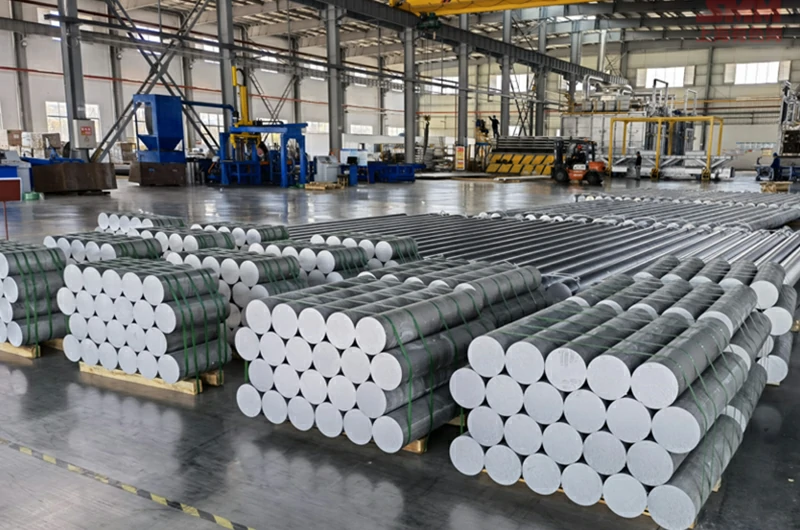
3000 series alloys: aluminum-manganese
The 3000 series aluminum alloys are typically supplied in the form of thin sheets. It is an aluminum alloy with the addition of silicon and approximately 1% manganese to enhance corrosion resistance within the solid solution. This alloy exhibits moderate strength, approximately 110 MPa.
If cold worked and annealed, the 3000 series achieves excellent mechanical properties. They also possess high castability, with up to 90% of cast aluminum worldwide belonging to the 3000 series. Consequently, corrosion studies on cast aluminum alloys often focus on the 3000 series.
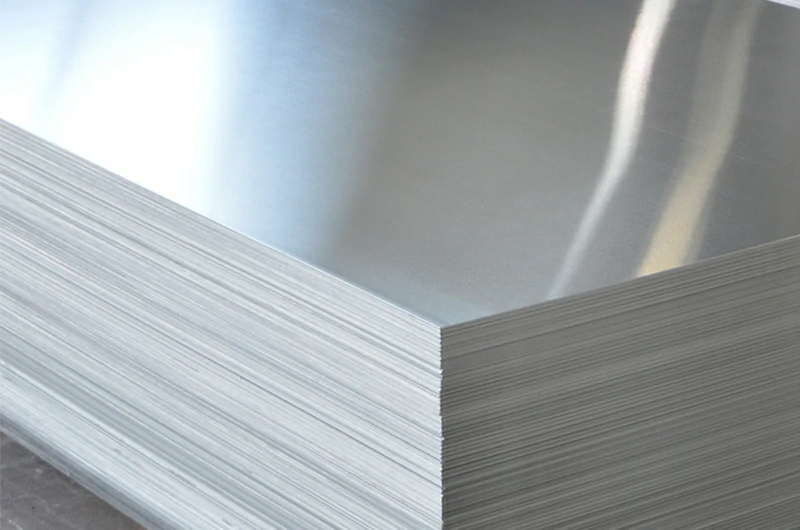
5000 series alloys: aluminum-magnesium
The 5000 series alloys have a magnesium content of less than 6%. Magnesium, when dissolved in aluminum, enhances the alloy's corrosion resistance and hardness. The 5000 series alloys have a hardness greater than 380 MPa, making them resistant to corrosion in marine environments. Therefore, they are commonly used in the marine industry.
6000 series alloys: aluminum-magnesium-silicon
The silicon-based 6000 series aluminum alloys enhance fluidity and lower the melting point. These alloys exhibit a hardness strength greater than 300 MPa and are primarily available in extruded and sheet forms. The addition of silicon and magnesium in the alloy, exceeding 1.4%, enhances the strength during aging.
The 6000 series alloys demonstrate excellent corrosion resistance, making them widely used in marine environments and the manufacture of train engines.
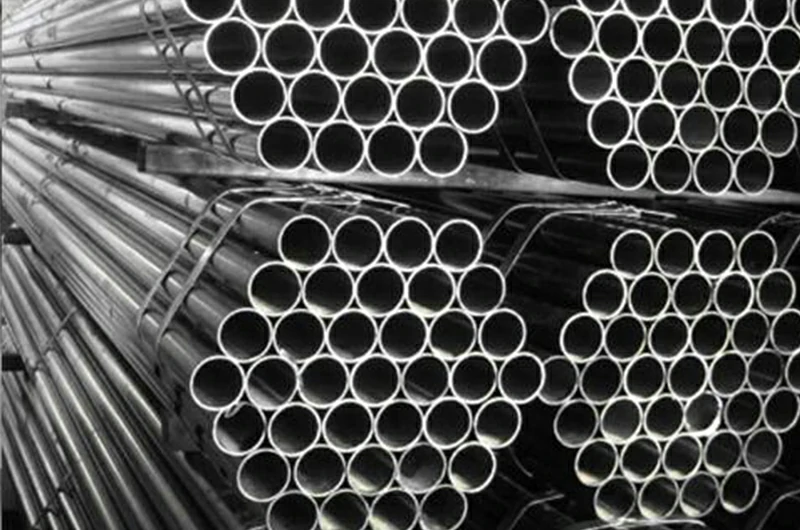
7000 series alloys: aluminum-zinc-magnesium
The durability of the 7000 series alloys reaches up to 580 MPa, making them widely used in the aerospace industry. However, a drawback of the 7000 series is a reduction in corrosion resistance. They are prone to environmental attack and stress corrosion cracking. To rebalance corrosion resistance, complex heat treatments such as double tempering are employed.
| The impact of different alloy additions on the corrosion resistance of aluminum alloys | |
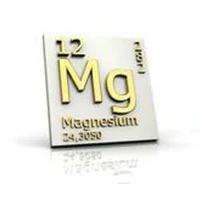 | Adding magnesium to aluminum alloys enhances mechanical properties. In solid solution form, magnesium reduces cathodic reaction rates, thus improving corrosion resistance. |
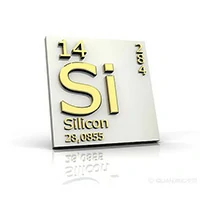 | Adding silicon (Si) with magnesium (Mg) forms Mg2Si precipitates, increasing aluminum alloy hardness but potentially causing localized corrosion. Excessive silicon addition may induce stress corrosion cracking at interfaces and accelerate cathodic reactions. |
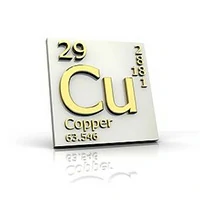 | Like magnesium, copper (Cu) induces localized cathodic reactions in aluminum alloys, causing corrosion. Yet, in 6000 or 7000 series alloys, copper is added mainly to enhance hardness rather than corrosion resistance. |
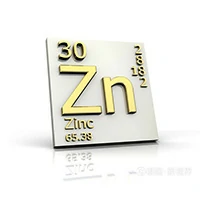 | Adding Zn to aluminum alloys may lead to the formation of the τ phase Al-Mg-Zn rather than the β phase Al3Mg2, thus causing stress corrosion cracking. Despite this risk, alloys used in the aerospace industry still incorporate zinc to form precipitates that enhance hardness. |
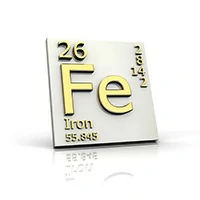 | In aluminum alloy production, iron (Fe) traces are common but costly to remove. Iron's limited solubility promotes cathodic reactions, decreasing corrosion resistance, especially when combined with manganese (Mn) or copper (Cu) in the alloy. |
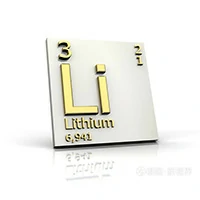 | Lithium contributes to increasing the hardness of aluminum alloys, thus aluminum-lithium alloys are widely used in the aerospace industry. However, the appearance of lithium along grain boundaries leads to a rapid increase in corrosion rate and localized corrosion propagation. |
From home to space: exploring the panorama of aluminum alloy corrosion resistance
The environment in which aluminum alloys are placed significantly influences their corrosion resistance. The acidity or alkalinity of the surroundings greatly affects their corrosion resistance.
| Application fields | Common forms of corrosion | Common alloy series |
| Outdoor structures and buildings | Common forms of corrosion include atmospheric corrosion, corrosion from rainwater, and corrosion caused by UV radiation. | 6000 Series (such as 6061, 6063), 5000 Series (such as 5052) |
| Marine environment | The salt content and humidity in seawater easily trigger corrosion, especially in marine climate conditions. | 5000 Series (such as 5083, 5086) |
| Automobiles and transportation | Factors such as road salts, chemical pollutants, high temperatures, and humidity can all contribute to aluminum alloy corrosion. | 6000 Series (such as 6061, 6063), 5000 Series (such as 5052, 5083) |
| Aerospace | In aerospace environments, high temperatures, high pressure, and humidity can lead to oxidation and corrosion of aluminum alloys. | 2000 Series (such as 2024, 2219), 7000 Series (such as 7075) |
| Chemical industry | Chemical substances, acidic or alkaline mediums, and high temperatures can result in chemical corrosion of aluminum alloys. | 7000 Series (such as 7075), 3000 Series (such as 3003) |
| Packaging industry | In the packaging industry, aluminum alloys are commonly used to package items such as food and pharmaceuticals, which are susceptible to corrosion. Corrosion mainly arises from the chemicals in the packaged items or the humidity in the environment. | 3000 Series (such as 3004, 3104) |
| Power industry | Electrical equipment is often exposed to high temperatures, humidity, and chemical vapor, which can lead to corrosion of aluminum alloys. | 1000 Series (such as 1100, 1350), 6000 Series (such as 6101) |
Aluminum vs. stainless steel: comparison of corrosion resistance
Stainless steel and aluminum are both known for their excellent corrosion resistance. Stainless steel typically provides outstanding corrosion resistance without additional treatment, making it suitable for applications requiring high resistance to corrosion.
In contrast, aluminum often requires additional treatment such as anodizing or coating to achieve the same level of corrosion resistance. Therefore, when choosing materials, specific application scenarios, cost, and performance requirements need to be considered.
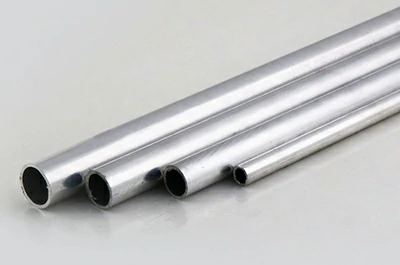 Aluminum's unparalleled performance
Aluminum's unparalleled performance- The oxide layer on aluminum prevents rusting.
- Aluminum is lightweight compared to stainless steel. In aircraft and automobile manufacturing, aluminum's lightweight nature is crucial.
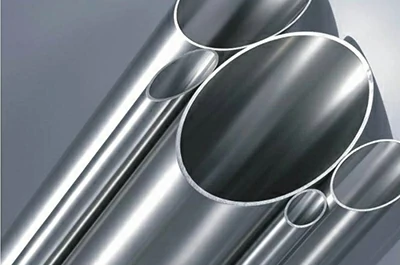 Stainless steel boasts excellent corrosion resistance
Stainless steel boasts excellent corrosion resistance- Composed of iron, chromium, and nickel, stainless steel exhibits outstanding corrosion resistance.
- When exposed to environmental elements, stainless steel forms a protective chromium oxide layer, effectively resisting corrosion effects.
- GearsShafts
- Petrochemical pipes and fittings
- Food and beverage processing equipment
- Chemical and pharmaceutical processing equipment
- Furnace rolls
- Pressure vessels
- Automotive components
- Gearboxes
- Casings
- Heat sinks
- Aerospace components not exposed to high temperatures
Enhancing aluminum alloy corrosion resistance: unveiling surface treatment methods
You can enhance or supplement aluminum's natural corrosion resistance through several methods:
- Anodizing is a process that thickens the naturally occurring protective oxide layer by immersing the metal in an electrolytic bath. This enhances the protective capability of the oxide layer and allows for surface coloring, resulting in highly aesthetic finishes.
- Alodine is a conversion coating used for aluminum components, forming a thin protective film on the metal. While not as effective as anodizing, it can prevent corrosion and serve as a primer for subsequent painting.
- Coating aluminum surfaces with high-resistance liquid coatings can prevent aluminum from coming into contact with other metals, thereby preventing galvanic corrosion. This is also a precision finishing process, offering nearly unlimited color choices and suitable for small batch production.
- Powder coating is another finish that can prevent galvanic corrosion, similar to liquid coatings. However, in this case, the powder bonds with the aluminum, reducing peeling and cracking behavior. Color availability is also extensive, and it's more environmentally friendly compared to liquid coatings.
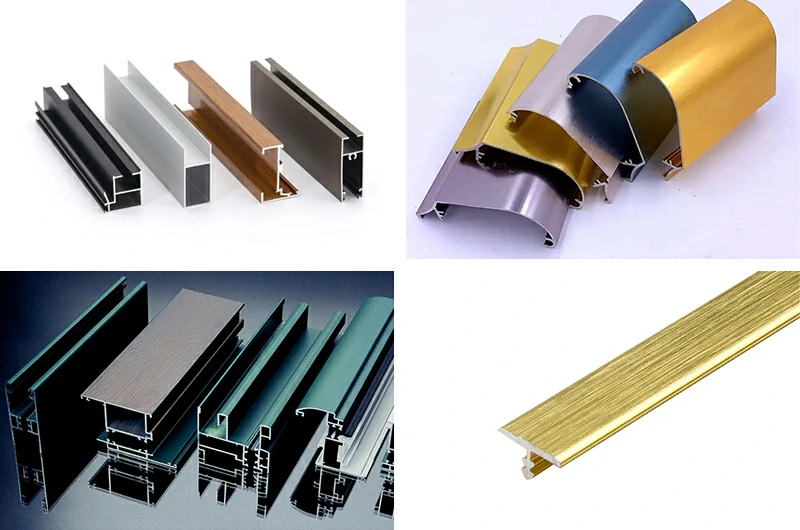
Technology vanguard: latest breakthroughs in aluminum alloy corrosion resistance techniques
With the continuous development of technology, more reliable protection has been provided for the application of aluminum alloys in various fields, promoting the continuous improvement of their corrosion resistance.
Nanostructured coatings: By applying nano-scale coatings on the surface of aluminum, its corrosion resistance can be enhanced. These coatings can provide more effective protection, reducing oxidation and corrosion.
Novel alloy design: By optimizing alloy formulations and processing techniques, aluminum alloys with higher corrosion resistance can be produced. These novel alloys exhibit superior performance in oxidation and corrosion resistance.
Functional coatings: Developing coatings with specific functions, such as self-repairing coatings or coatings with self-cleaning capabilities, can further enhance the corrosion resistance of aluminum alloys.

